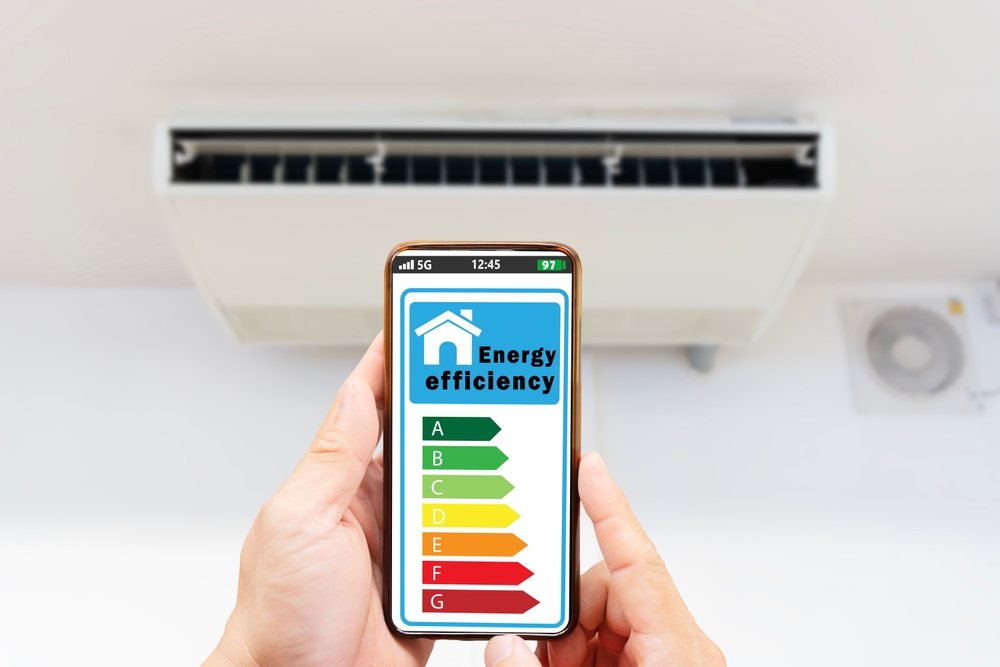How Residential Energy Calculations in Florida Ensure Code Compliance and Comfort
In Florida, residential energy calculations are not just paperwork—they’re foundational to passing inspections and achieving lasting comfort in the home. Required by the Florida Building Code (FBC) and guided by standards such as ACCA Manual J, Manual S, and Manual D, these calculations determine how a home’s HVAC system should be sized and configured to optimize both energy efficiency and indoor living conditions. Without them, homes are at risk of system inefficiencies, code violations, and occupant discomfort due to temperature imbalances, humidity issues, and excessive energy consumption.
Why Energy Calculations Matter in Florida’s Climate
Florida’s hot, humid climate presents unique challenges for designing HVAC systems. Unlike colder climates, where heating demands dominate, homes in Florida require cooling systems that can efficiently manage high latent (humidity) and sensible (temperature) loads. According to the U.S. Department of Energy, improper HVAC sizing is one of the most common reasons for energy waste and occupant discomfort, which is especially critical in states where cooling loads can account for over 40% of a home’s energy usage.
This is why Florida mandates energy calculations for new residential construction, additions, and major HVAC replacements. These calculations ensure the installed system will meet the home’s actual thermal demands—no more, no less.
Code Compliance: Meeting the Requirements of the Florida Building Code
Florida has one of the most rigorous energy codes in the country, enforced through the Florida Building Code, Energy Conservation Volume. The FBC requires Manual J load calculations for sizing heating and cooling equipment in all new residential construction. These calculations must be performed and submitted by a qualified professional, and they are essential to obtaining a building permit.
The key documents involved typically include:
- Manual J: Determines the heating and cooling load based on specific property data like insulation levels, window types, air infiltration, and orientation.
- Manual S: Matches HVAC equipment selection to the load calculated in Manual J.
- Manual D: Provides duct design and sizing to ensure proper airflow and pressure balance.
Florida law also requires a compliance form known as the Residential Energy Code Compliance Report (RER), which includes inputs from energy calcs software like Wrightsoft, Elite RHVAC, or EnergyGauge. This document confirms that the home meets or exceeds the minimum performance standards for envelope efficiency, system efficiency, and duct leakage.
Failing to submit these properly—or worse, skipping them entirely—can result in inspection failures, delays in certificate-of-occupancy issuance, or noncompliance notices from code officials.
Preventing Oversized or Undersized HVAC Systems
Many HVAC systems in Florida homes are improperly sized due to outdated “rules of thumb” or a lack of site-specific data. Oversized systems are particularly problematic in the state of Florida. They cool too quickly without running long enough to remove humidity from the air, which can lead to:
- Mold and mildew growth
- Clammy indoor air
- Increased wear on system components due to frequent cycling
- Higher utility bills
Undersized systems, on the other hand, may run constantly yet still struggle to meet peak summer demands, particularly during heatwaves or in poorly insulated homes.
Accurate energy calculations solve this by providing data-driven guidance for equipment selection. According to a study by the National Renewable Energy Laboratory (NREL), HVAC systems properly sized using Manual J can reduce annual energy consumption by up to 20% compared to those sized using traditional estimation methods.
Comfort: More Than Just a Thermostat Setting
Comfort in a Florida home isn’t just about temperature—it’s about moisture control, air movement, and zoning. Well-executed energy calculations contribute to:
- Balanced Temperatures: Manual D-based duct designs ensure that every room receives adequate airflow.
- Humidity Control: Correctly sized systems dehumidify effectively without overcooling.
- Reduced Drafts and Noise: Proper duct sizing and airflow rates minimize velocity noise and prevent hot and cold spots.
- Zoning Capability: With an accurate load breakdown per room, zoning systems can be designed more precisely to accommodate different comfort preferences.
These improvements have measurable impacts on homeowner satisfaction and energy costs. According to the Florida Solar Energy Center, homes with code-compliant load calculations and duct designs can achieve indoor temperature variations of less than 2°F across rooms, compared to up to 6°F in homes with generic or improperly designed systems.
Energy Efficiency and Long-Term Savings
Another benefit of residential energy calculations in Florida is their direct link to long-term cost savings. HVAC systems are among the most expensive components to operate in a Florida home, especially during the extended cooling season. A properly sized and configured system:
- Uses less energy
- Experiences less mechanical strain
- Has a longer operational life
- Requires fewer repairs over time
Homeowners can expect noticeable savings. ENERGY STAR estimates that installing HVAC systems based on precise load calculations can save households 10–30% on annual cooling costs.
In addition, some utility providers in Florida offer rebates or incentives for homes that meet certain energy-efficiency benchmarks—benchmarks that often require submission of load calculations and compliance documentation.
How Energy Calculations Influence Envelope Design
Energy calculations don’t exist in a vacuum. They also influence decisions about:
- Window U-values and SHGC (Solar Heat Gain Coefficient): Key for managing solar load in Florida’s sun-intensive climate.
- Insulation R-values: Walls, ceilings, and floors must be specified correctly to reduce the building’s cooling load.
- Air sealing strategies: Reducing air infiltration lowers the latent load on the HVAC system, thereby reducing energy consumption.
This means the energy calculation process can help optimize not just HVAC performance but also the entire building envelope. Architects and builders who engage with qualified energy professionals early in the design phase often achieve both superior code compliance and enhanced livability.
Software and Tools Commonly Used in Florida
In Florida, several DOE- and FBC-approved tools are commonly used to perform residential energy calls:
- EnergyGauge USA: Developed by the Florida Solar Energy Center, this software is specifically tailored for FBC compliance.
- Wrightsoft Right-J / Right-D / Right-Suite: A leading suite of ACCA-approved HVAC design tools.
- Elite RHVAC: Another popular tool among contractors and engineers for Manual J and D calls.
Each software tool outputs code-compliant documentation, and many offer cloud-based versions for easier access by building departments, contractors, and inspectors.
Who Should Perform Residential Energy Calculations?
In Florida, energy calculations should be performed by licensed mechanical contractors, HVAC designers, or professional engineers with experience in ACCA standards. The State of Florida does not permit generic or ballpark estimates—calculations must be site-specific and include all relevant data inputs, such as square footage, window type and area, orientation, duct layout, and infiltration rate.
Many building departments also now require digital submissions of energy calcs with plan sets, and they may cross-reference these with actual equipment installed. Working with a qualified provider ensures faster approvals and avoids costly rework.
Data-Driven Design = Better Homes
In summary, accurate residential energy calculations are crucial for ensuring code compliance and maintaining indoor comfort in Florida homes. They’re not optional extras; they’re embedded in the state’s energy code and are critical to protecting homeowners from the consequences of poorly sized or installed HVAC systems.
By grounding HVAC design in real data—Manual J load calculations, Manual D duct design, and Manual S equipment selection—Florida contractors and builders can deliver homes that stay cool, manage humidity, and keep energy costs in check. At the same time, these calculations are crucial for passing inspections, qualifying for rebates, and avoiding delays during construction or renovation.
Whether you’re a homeowner building new construction, a contractor planning an HVAC replacement, or a builder submitting permit documentation, accurate energy calcs are your blueprint to building smarter, cooler, and more compliant homes across the Sunshine State.

